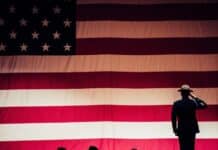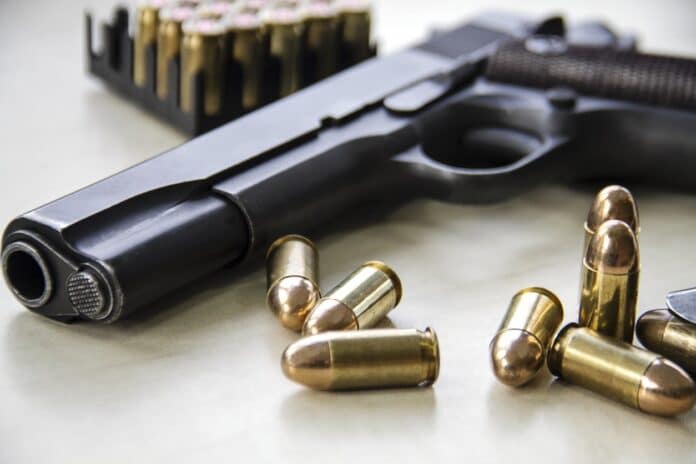A tumultuous presidential election has seemingly ended. Civil unrest struck the nation, the economy crashed, and a hundred-year pandemic continues to hang low over the nation’s head. These specters will loom for some time, and they’re collectively spurring Americans to buy guns like never before. Sales have shattered historical figures – 17 million transactions have eclipsed all prior years’ sales by August, according to Small Arms Analytics – and that’s left the firearm industry with a supply problem.
Brick-and-mortar gun dealers’ shelves are emptied. Online distributors are backordered for months, and manufacturers are playing catch-up with strained supply chains. Meanwhile, the incoming Biden administration and federal agencies like the Bureau of Alcohol, Tobacco, and Firearms have begun talking about gun bans and legislation. On November 16, the NRA reported that Biden advisers and ATF heads secretly held a conference call one week before to discuss banning AR-15 pistol braces and unfinished firearm receivers next year.
Those unfinished receivers, called 80% lowers by gun builders and firearm enthusiasts, have long been legal to own and build under federal law. Firearm blanks are not functional, and they can’t be made to fire a live round unless the gun owner-to-be physical fabricates the blank into a working unit. These receivers don’t typically include the other parts required to assemble the weapon and make it function. That’s left up to the builder to decide. Many firearm enthusiasts choose this route to gun ownership not for any convenience, but the customization and piecemeal approach. Shooters get to configure the exact weapon they want, albeit with some added expenses and physical labor.
Blanks have been made for popular rifles and handguns that Americans like to customize, like the AR-15, 1911, Sig Sauer P320, and Glock’s series of handguns. With tens of millions of black rifles and tactical pistols flooding the market, it only made sense that a niche part of the gun industry venture into the amateur build sector by exercising what was written in the Gun Control Act of 1968.
That’s the piece of federal legislation, passed nearly 50 years ago, that allows for amateur gun-building to occur. The GCA and the ATF, confirming the practice’s legality through its website, say that if you’re legally allowed to own a gun, you may build a firearm from parts for personal use. That weapon doesn’t need a serial number, and you don’t need a Federal Firearms License (FFL) to carry out the project. There are certain restrictions: You can’t build an undetectable firearm, and you can’t build any restricted weapon or explosive.
Some states have taken restrictions on the practice of building a gun from scratch further: California requires that 80% lowers be serialized, and their owners be cleared with a background check before building. New York and New Jersey have outright banned receiver blanks. These states’ actions are perhaps a preview of the direction the legislative gears are turning inside the feds’ gun-ban wagon.
Biden’s campaign on the trail promised to pursue legislation that would end the online sale of all firearms and ammunition. And the ATF’s recent raid on 80% manufacturer Polymer80, wherein the agency seized non-firearm parts kit, makes it seem like the feds are testing just what constitutes a firearm in the first place. On November 10, agents confiscated handgun kits and records from the company’s Nevada headquarters. The parts the agency seized are not considered firearms under federal law, and the agency previously issued Polymer80 a Determination Letter indicating their receiver blanks do not meet the definition of a firearm. Yet since this raid, it appears the agency is going against its own word and, without warning, targeting companies based on policymaking that doesn’t hold any legal water.
Anti-gun groups like Brady United and Everytown Against Gun Violence, supported by Bloomberg and Democratic lobbyists, have filed multiple suits against firearm manufacturers and makers of 80% lowers. Pro-gun groups like the Second Amendment Foundation, NRA, Gun Owners of America, and the Firearm Policy Coalition are already campaigning against Congress’s anticipating politicking in 2021. If 2020 is a specter of uncertainty for the coming year, one thing is certain: More Americans will continue buying and now, building, more guns.
All content herein is owned by author exclusively. Expressed opinions are NOT necessarily the views of VNR, authors, affiliates, advertisers, sponsors, partners, technicians, or VT Network. Some content may be satirical in nature.
All images within are full responsibility of the author and NOT VNR.
Read Full Policy Notice - Comment Policy





























